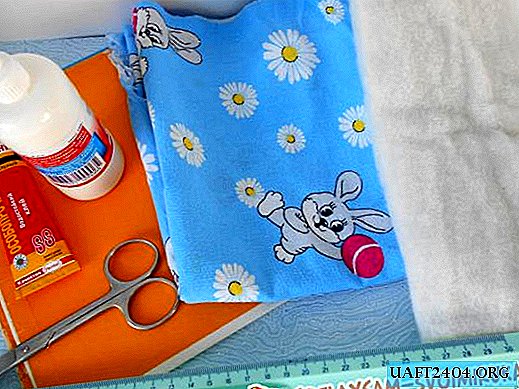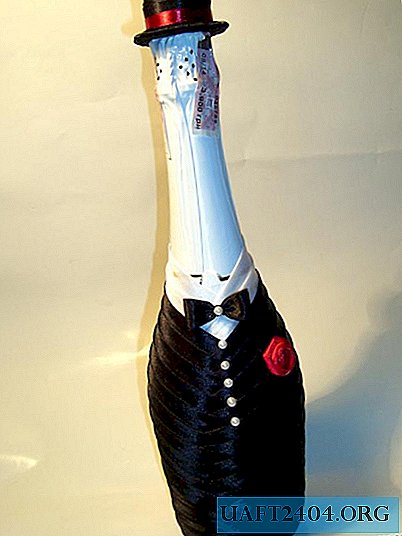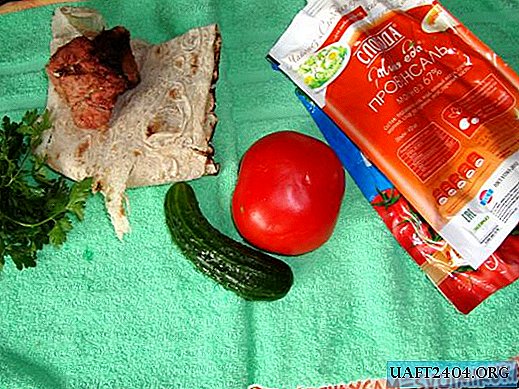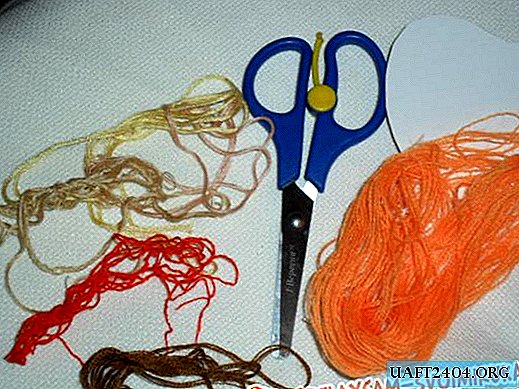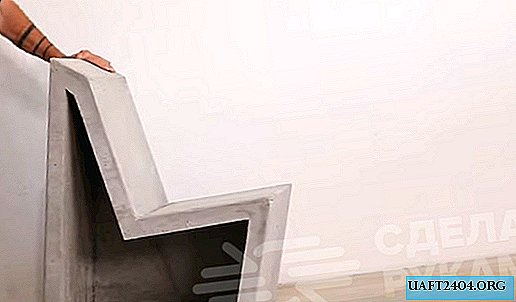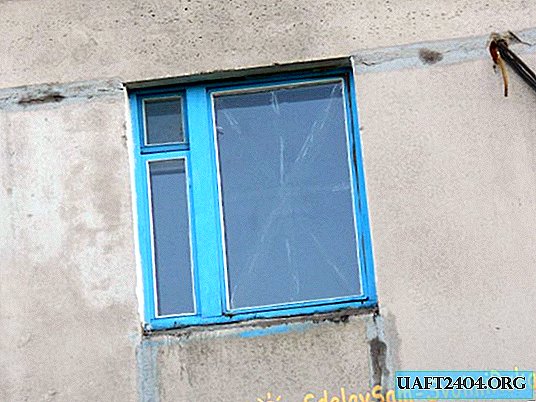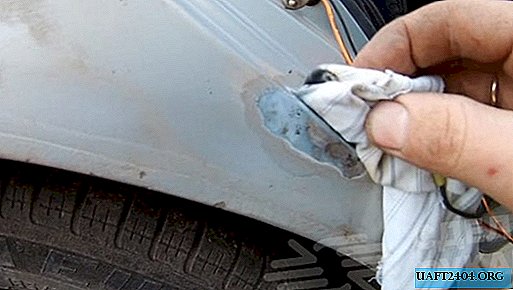
If noticeable foci of corrosion have formed on the back of your truck or car, but they are still not through, you need to urgently take action. As practice shows, if you do not stop the corrosion of the body on time, the price of the subsequent repair of your car will be several times higher. For this reason, you can’t hesitate!
In recent years, many motorists have noticed: even in large densely populated cities, road services mercilessly use salt. As a result, the body rots to holes literally in two or three years. To withstand the process of rusting and the aggressive effects of road reagents, there is a very simple but effective way - galvanizing the body with your own hands.
The galvanizing of the car is carried out in order to protect the body once and for all from the formation of annoying "mushrooms", as well as to prevent the further spread of corrosion throughout the body.

Zinc "crust" on the metal surface creates a kind of barrier that protects steel from negative factors and the damaging effects of an aggressive environment. Zinc-based coating effectively resists the effects of salts, chemicals and moisture.
Please note that you can galvanize as part of the car body (wing, trunk, hood, etc.), as well as any separate part. And this will require direct hands, certain knowledge, a specific set of materials and tools, as well as the desire to give your car extra strength.
How to galvanize the body yourself
The "home" method of galvanizing galvanized metal helps prevent corrosion on the car body and thereby reduce maintenance costs. Liquid galvanizing can also be used for various metal products in order to further protect them from rust.
It must be said right away that this method is very simple and does not require large financial costs. In fact, this is a well-known Zincor auto, but do it yourself. Details about this miracle remedy will be written below, in the course of the article.
Preparatory work

This method involves the use of phosphoric acid with zinc dissolved in it, and zinc (salt) batteries will also be required. You can use both small finger and large batteries - in this case, it all depends on the amount of work performed.
If you need to galvanize a large surface area on a car, it is better to take large zinc batteries. First you need to “print” them all and remove all excess braid.

If you wish, you can also use only the case of the salt (salt) battery, having previously removed the graphite rod and soot, but in principle you can leave all the "insides" in place.
On the case of a “bare” galvanized battery, on the one hand, with a rubber band, you need to fix a cotton pad, and on the back side (also with a regular rubber band), connect the power cable. As a power source, you can use a car battery or a power supply suitable for the parameters.
How surface galvanizing occurs
If you do not know how to galvanize correctly, read the small instructions first.
The "minus" from the car battery must be connected directly to that part of the body (or part) that you are going to galvanize with the battery - that is, with the battery.
To the positive terminal of the battery we connect the wire that goes to the zinc case of the battery. Please note that in no case can the negative terminal be turned off, because the proper effect will not work.

Before galvanizing, it is advisable to clean the treated surface from traces of rust, if any. In the syringe, you need to dial phosphoric acid with zinc dissolved in it and soak a cotton pad, which is dressed on the body of the salt battery. After that, you just need to move the “nozzle” over the entire area of the work surface.

The most important thing is not to stop. If you hold the battery for a long time in one place, then burns appear, and if you move around the surface non-stop, you get a neat and even layer of zinc. You will see the result almost from the first seconds.
Although some people call this method of galvanizing a machine “artisanal”, it is a really proven, simplest and most important - an effective way to combat corrosion. And also, as an option, you can use a ready-made camping kit - a car kit for galvanizing Zincor cars.
With this tool, it is possible to quickly localize particularly progressive sections of rust, as well as remove all traces of corrosion on the car body. Galvanic galvanization allows you to reliably protect the metal surface from the reappearance of "camelina".
The method of galvanizing metal using "white powder"
Usually, for the galvanizing of small areas of metal surfaces, phosphoric acid and a galvanized battery housing are most often used. However, for better processing, instead of phosphoric, it is better to use soldering acid. It is hydrochloric acid in which zinc is dissolved. It is believed that galvanizing the body in this case will be deeper and more durable.

Soldering acid can be purchased at almost any electronics store. But it is not very convenient that for soldering at home, soldering acid is sold only in small bottles.
Therefore, if you require large volumes of soldering acid for galvanizing, it can be made at home from "white powder" - zinc chloride, which is sold by weight.
The main stages of work
Pour zinc chloride into a suitable container, then add distilled water and mix until a clear liquid texture is formed (note that you need to work with chemicals in rubber gloves). From 1 kg of zinc chloride, approximately 3.5 liters of finished soldering acid are obtained.

The result was a galvanic bath in which, if necessary, galvanized pieces of sheet steel and metal parts as a whole.
For further work, you will need a galvanized battery case and an iron bolt, at the ends of which with rubber bands you need to fix the cotton fabric.

The part that needs to be galvanized must first be thoroughly cleaned from rust with a grinder using a cleaning disk with a metal brush. Before galvanizing, the metal must be "activated" - remove the oxide film from the surface using electricity.
How to activate metal
For this, the positive terminal from the charger must be connected directly to the workpiece, and the negative terminal through the 20-watt bulb to the electrode. A bolt with a cotton cloth at the end, which must be moistened with soldering acid or electrolyte, is used as an electrode.

After applying current, we process the surface of the part, as a result, the product is better cleaned of oxides. Only after this procedure can you proceed directly to the processing of the car - to galvanize the car body.
Galvanizing a car body with a battery in a garage
According to the good old tradition, foci of corrosion on the body appear after the winter period, when roads are strewed with reagent. To stop rust and prevent through corrosion, you must stop this process as soon as possible. And it will help in this situation - galvanizing the car.

For self-galvanizing you will need salt batteries, the body of which is made of zinc, a wire and a battery. A small piece of a rag moistened with soldering acid is put on the battery, and it is connected through a wire to the positive terminal of the battery. The adaptation made must be pressed to the center of corrosion and gently driven from side to side.
As a result of all manipulations, a silver film appears on the metal surface instead of rust. An important addition to the work done will be the neutralization of the remaining acid, which can be extinguished with a solution of baking soda with water.

Here in such simple "folk" ways the technology of galvanizing the car body with their own hands is carried out by the galvanic method. By the way, they forgot to mention another good tool with which you can easily and quickly galvanize the metal surface - Zincar for cars.
In detail about how to stop rust on a car body with your own hands, you can watch a video tutorial that tells about all the nuances of home galvanizing a car body with a battery and other ways available for a simple driver.



